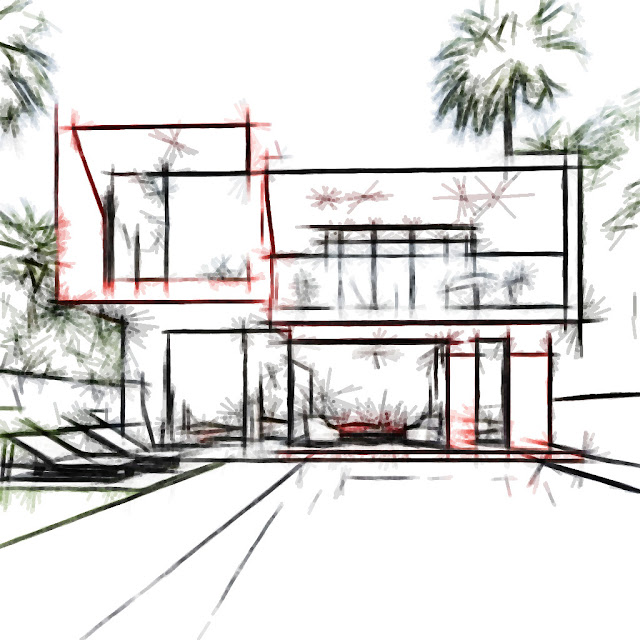Introduction
In architectural design, large span openings represent feats of engineering and design ingenuity, pushing the boundaries of structural possibilities to create expansive, light-filled spaces that inspire awe and wonder. These openings, characterized by their wide spans and minimal structural support, serve as focal points, blurring the boundaries between indoor and outdoor environments while enhancing visual connectivity and spatial continuity. This article explores the significance of large span openings in architectural design, their structural principles, iconic examples, and their transformative impact on the built environment.
The Significance of Large Span Openings
Large span openings play a pivotal role in architectural design, offering several benefits and opportunities:
1. Spatial Continuity: Large span openings create uninterrupted vistas, seamlessly connecting interior and exterior spaces to foster a sense of openness, expansiveness, and visual continuity.
2. Natural Light and Views: By maximizing natural light penetration and framing panoramic views of the surrounding landscape, large span openings enhance occupant well-being, comfort, and connection to the natural environment.
3. Architectural Expression: Large span openings serve as architectural focal points, enabling designers to create dramatic visual statements and celebrate structural innovation while enhancing the aesthetic appeal and identity of buildings.
4. Flexibility and Adaptability: Large span openings offer flexibility in spatial organization, allowing for versatile layouts, adaptive reuse, and dynamic programming of interior spaces to accommodate diverse functions and activities.
Structural Principles of Large Span Openings
Achieving large span openings requires careful consideration of structural principles to ensure stability, safety, and functionality:
1. Load Distribution: Large span openings distribute structural loads efficiently to minimize the need for intermediate supports. Structural systems such as trusses, beams, and arches are utilized to transfer loads to stable foundation elements while maintaining structural integrity.
2. Material Selection: The selection of materials plays a critical role in supporting large span openings. High-strength materials such as steel, reinforced concrete, laminated timber, and engineered composites are commonly used to withstand the forces generated by spanning wide distances.
3. Support Systems: Large span openings rely on innovative support systems, including tension cables, suspension structures, and cantilevered elements, to provide stability and resist gravitational, wind, and seismic loads while maximizing usable space.
Iconic Examples of Large Span Openings
1. Sydney Opera House, Australia: Renowned for its iconic shell-like structures, the Sydney Opera House features large span openings that define its sculptural form while allowing natural light to penetrate its interior spaces, creating a sense of grandeur and luminosity.
2. Millau Viaduct, France: The Millau Viaduct, one of the tallest and longest cable-stayed bridges in the world, showcases large span openings that span over the Tarn River Valley, providing breathtaking views of the surrounding landscape while minimizing the structure's visual impact on the natural environment.
3. Sagrada Familia, Spain: Antoni Gaudí's masterpiece, the Sagrada Familia, features towering columns and soaring vaulted ceilings with large span openings that flood its interior spaces with natural light, creating a transcendent and ethereal atmosphere.
Impact on the Built Environment
Large span openings have a transformative impact on the built environment, influencing architectural typologies and urban landscapes:
1. Modern Skyscrapers: Skyscrapers with large span openings redefine urban skylines, incorporating expansive atriums, sky gardens, and observation decks that offer panoramic views and create memorable experiences for occupants and visitors.
2. Cultural and Civic Buildings: Cultural and civic buildings utilize large span openings to create iconic landmarks that celebrate architectural innovation, cultural heritage, and civic identity while enhancing public engagement and accessibility.
3. Residential Architecture: Contemporary residential architecture embraces large span openings to blur the boundaries between indoor and outdoor living spaces, creating light-filled interiors, seamless transitions, and intimate connections to nature.
Conclusion
Large span openings represent architectural marvels that transcend mere functionality to become symbols of innovation, beauty, and human ingenuity. By harnessing advanced structural engineering techniques, materials, and design principles, architects continue to push the boundaries of possibility, creating buildings that inspire and delight while redefining our relationship with space and the built environment. As we look to the future, large span openings will continue to shape architectural design, offering opportunities for creativity, expression, and connection in the ever-evolving landscape of architecture.



























